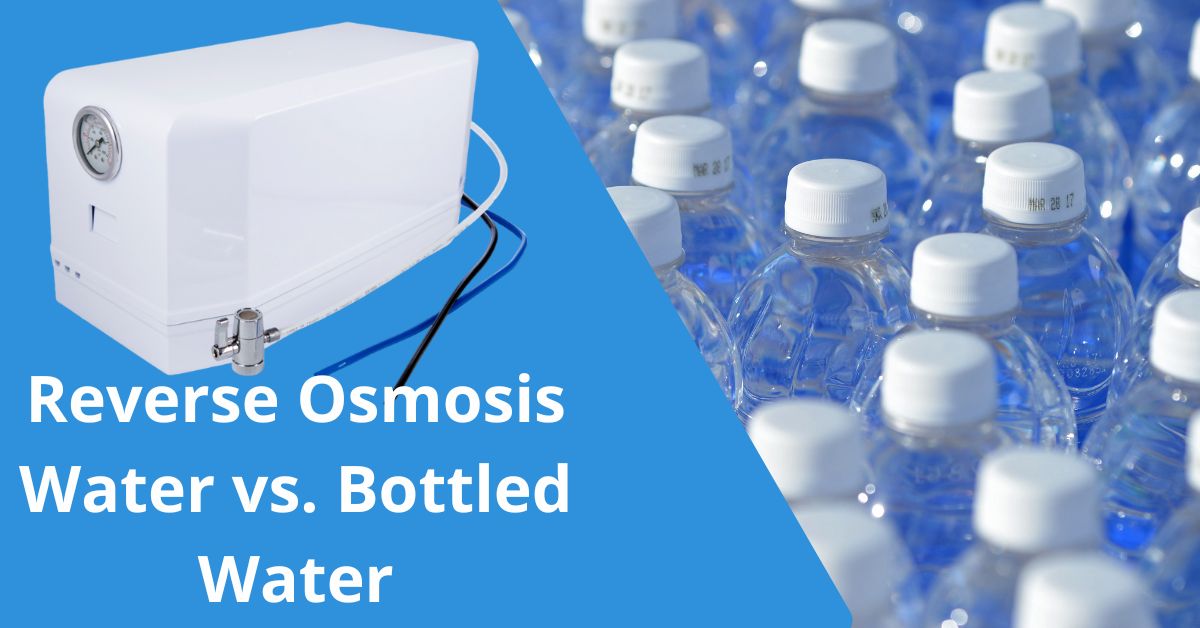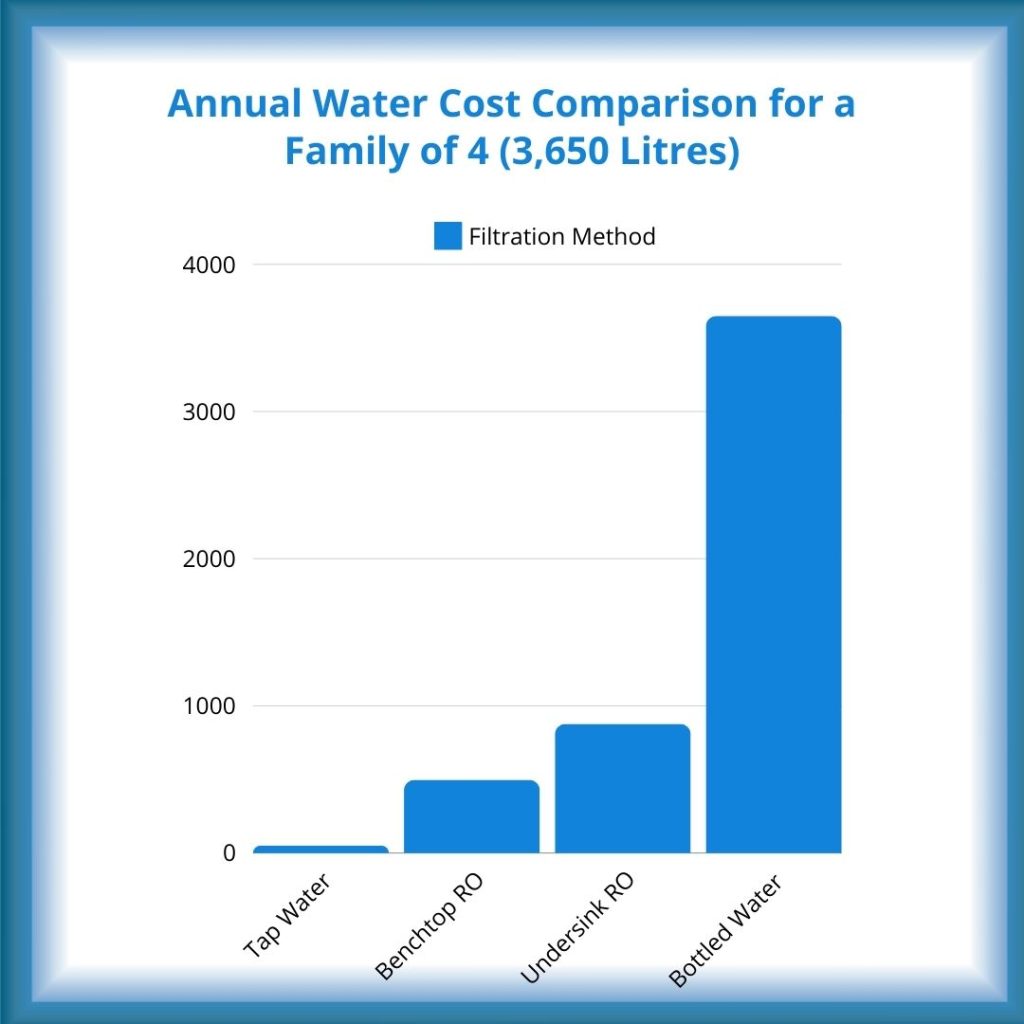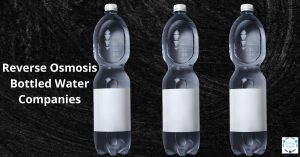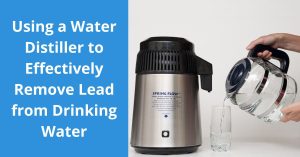In our quest for clean, safe drinking water, we often find ourselves choosing between different water purification methods. Two popular options that frequently come up in this discussion are reverse osmosis (RO) water and bottled water. But which one is truly the better choice for you and your family?
What is better, reverse osmosis water or bottled water?
This depends on several factors, including water quality, environmental impact, convenience, and cost. Let’s break it down:
Water Quality
Reverse osmosis is a highly effective water purification process that removes a wide range of contaminants, including dissolved solids, bacteria, viruses, and even some chemical pollutants. RO systems typically use a series of filters, including a semipermeable membrane, to purify water at the molecular level.
On the other hand, bottled water quality can vary significantly depending on the source and brand. While many bottled water companies use filtration processes, including reverse osmosis, the quality control may not be as consistent as a well-maintained home RO system.
Interestingly, studies have shown that bottled water can contain contaminants that many consumers might not expect.
Microplastics are small plastic particles that can leach from the bottle or be present in the water source. Plastic bottles can leach chemical contaminants like phthalates. Researchers have found that some bottled water brands contain more bacteria than tap water. Arsenic, lead, and cadmium are examples of heavy metals in certain situations.
In contrast, a properly functioning reverse osmosis system can effectively remove many of these contaminants, providing consistently high-quality water.
Environmental Impact
The environmental impact of bottled water is significant. The production, transportation, and disposal of plastic bottles contribute to greenhouse gas emissions, plastic pollution, and increased landfill waste. Despite recycling efforts, a large percentage of plastic bottles end up in our oceans and landscapes.
Reverse osmosis systems, while not without environmental impact, generally have a much smaller footprint. The main environmental concerns with RO systems are water waste during the filtration process and the need to replace filters periodically. However, newer, more efficient RO systems have significantly reduced water waste, and proper disposal of filters can minimise environmental impact.
Convenience
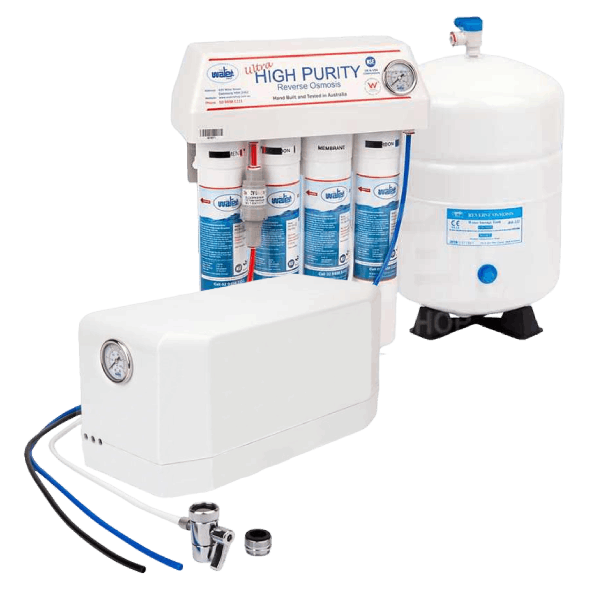
Bottled water is undeniably convenient. It’s readily available in stores, simple to transport, and requires no maintenance. However, this convenience comes at a cost—both financial and environmental.
Reverse osmosis systems for home require an initial installation and periodic maintenance, but they provide a constant supply of purified water right at your tap. This eliminates the need for frequent trips to the store and the hassle of carrying heavy water bottles. There are several types of reverse osmosis systems available to suit different needs and living situations:
Reverse osmosis water filter benchtop: These compact units sit on your counter and are ideal for those who can’t install permanent systems.
Undersink reverse osmosis: These space-saving units are installed under your kitchen sink, providing purified water through a dedicated faucet.
Undersink water purifier: While not all undersink purifiers use RO technology, many do, offering an efficient way to access clean water.
Cost
Initially, bottled water might seem cheaper, but the costs add up quickly over time. A family consuming several bottles a day can spend several thousands of dollars annually on bottled water.
Reverse osmosis systems have a higher upfront cost for purchase and installation. However, they typically become more cost-effective over time. Periodic filter replacements and a slight increase in water bills due to the filtration process are the only ongoing costs.
Taste and Mineral Content
Many people prefer the taste of RO water because it removes impurities that can affect flavor. However, it’s worth noting that RO also removes beneficial minerals from water. Some RO systems include remineralisation stages to address this issue.
Bottled water tastes can vary widely depending on the brand and source. Some bottled waters are actually just filtered tap water, while others come from natural springs and may contain various minerals.
Long-term Health Considerations
While both RO water and high-quality bottled water can be safe to drink, the long-term health implications of consuming microplastics and bacteria found in many bottled waters are still being studied. RO water, free from these contaminants, may offer peace of mind in this regard.
Why RO Systems Outperform Bottled Water
When weighing reverse osmosis water against bottled water, RO systems generally come out on top in terms of water quality, environmental impact, and long-term cost-effectiveness. Bottled water offers convenience, but the environmental consequences and potential quality inconsistencies make it a less favourable option for regular, daily use.
Investing in a reverse osmosis system for your home—whether it’s a benchtop unit or an undersink system—can provide you with a constant supply of high-quality water. It’s an investment in both your health and the environment.
Whichever option you choose, staying hydrated with clean, safe water is crucial for your health and well-being. Make an informed decision that aligns with your values and lifestyle, and enjoy the benefits of pure, refreshing water every day.

